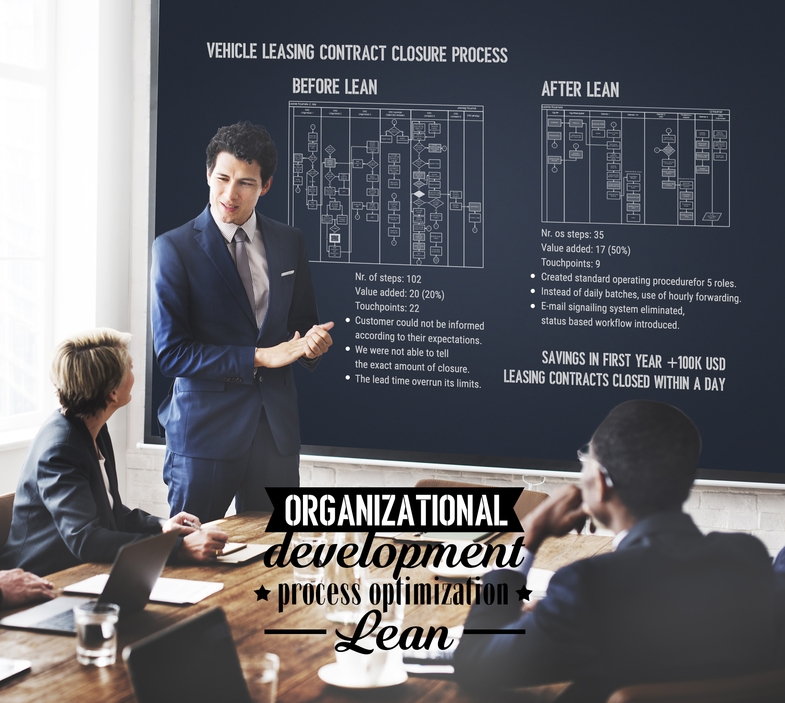Originally developed by Toyota and Motorola to improve manufacturing efficiency and quality, Lean & Six Sigma processes are being adopted globally by organizations such as financial institutions, retailers, hospitality businesses and other corners of the service industry that suffer from some level of operational inefficiency, which negatively affects their process lead time and profitability.
Lean manufacturing is aimed at reducing waste, and Six Sigma helps companies reduce errors. Together they can help companies reap the benefits of faster processes with lower cost and higher quality.



